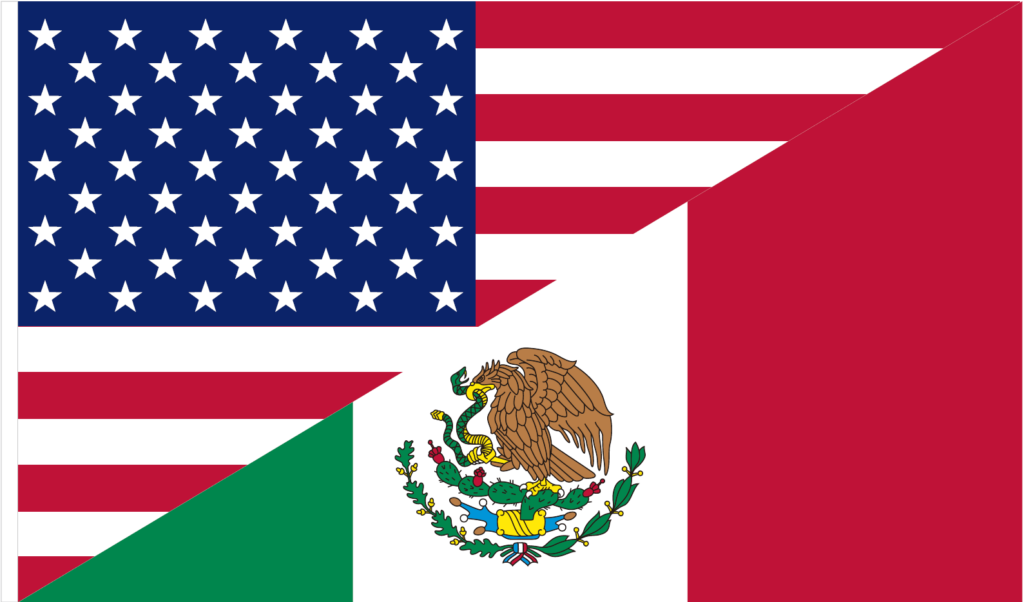Title: Leveraging Section 321: A Strategic Approach for USA Brands Importing High Tariff Items from China and Fulfilling Through Mexico

Introduction: In the ever-evolving landscape of international trade, businesses are constantly seeking innovative strategies to optimize their supply chains and minimize costs. One such strategic approach gaining popularity among USA brands importing high-tariff items from China is leveraging Section 321, coupled with a fulfillment strategy in Mexico. This combination not only helps mitigate tariff-related challenges but also offers a range of other advantages for businesses looking to enhance efficiency and competitiveness.
Understanding Section 321: Section 321 of the U.S. Tariff Act allows for duty-free entry of certain low-value shipments. Generally applied to goods valued at $800 or less, this provision enables USA brands to bring in small shipments without paying traditional import duties. By carefully managing shipments within the Section 321 threshold, businesses can significantly reduce the financial burden associated with high tariffs on goods originating from China.
Advantages of Section 321 for USA Brands:
- Cost Savings:
- Avoidance of Traditional Tariffs: Importing goods valued at $800 or less allows USA brands to bypass traditional import duties, resulting in substantial cost savings.
- Competitive Pricing: By leveraging Section 321, brands can offer more competitive pricing to consumers, potentially boosting sales and market share.
- Streamlined Customs Clearance:
- Expedited Processing: Section 321 shipments often experience faster customs clearance procedures, reducing the time goods spend in transit and expediting the fulfillment process.
- Simplified Documentation: With lower-value shipments, the documentation requirements are generally less complex, further streamlining the customs clearance process.
- Flexible Supply Chain Management:
- Batch Shipments: Businesses can strategically break down larger orders into smaller, Section 321-compliant batches, allowing for more flexibility in managing inventory and reducing the risk of disruptions.
- Adaptability to Market Trends: The ability to adjust shipment sizes quickly enables brands to respond swiftly to changing market demands and trends.
Leveraging Mexico for Fulfillment:
- Proximity to the USA:
- Faster Shipping: Fulfillment centers in Mexico provide shorter transit times to the USA, allowing brands to offer faster shipping to their customers.
- Reduced Shipping Costs: Lower shipping costs contribute to overall cost savings and improve the competitiveness of USA brands in the market.
- Strategic Distribution Hub:
- Efficient Order Fulfillment: Mexico’s strategic location allows for efficient order fulfillment, reducing lead times and enhancing customer satisfaction.
- Regional Market Access: Brands can leverage Mexico as a distribution hub to serve not only the USA but also other markets in the Americas.
- Compliance with USMCA:
- USMCA Benefits: With the United States-Mexico-Canada Agreement (USMCA) in place, businesses can take advantage of favorable trade terms and reduced trade barriers within the North American region.
Conclusion: In the complex world of international trade, USA brands importing high-tariff items from China can strategically benefit from Section 321 and a fulfillment strategy in Mexico. By combining these approaches, businesses can achieve cost savings, streamline customs processes, and enhance their overall supply chain efficiency, positioning themselves for success in a competitive global market. As the landscape continues to evolve, innovative strategies such as these will play a crucial role in shaping the future of cross-border commerce.
